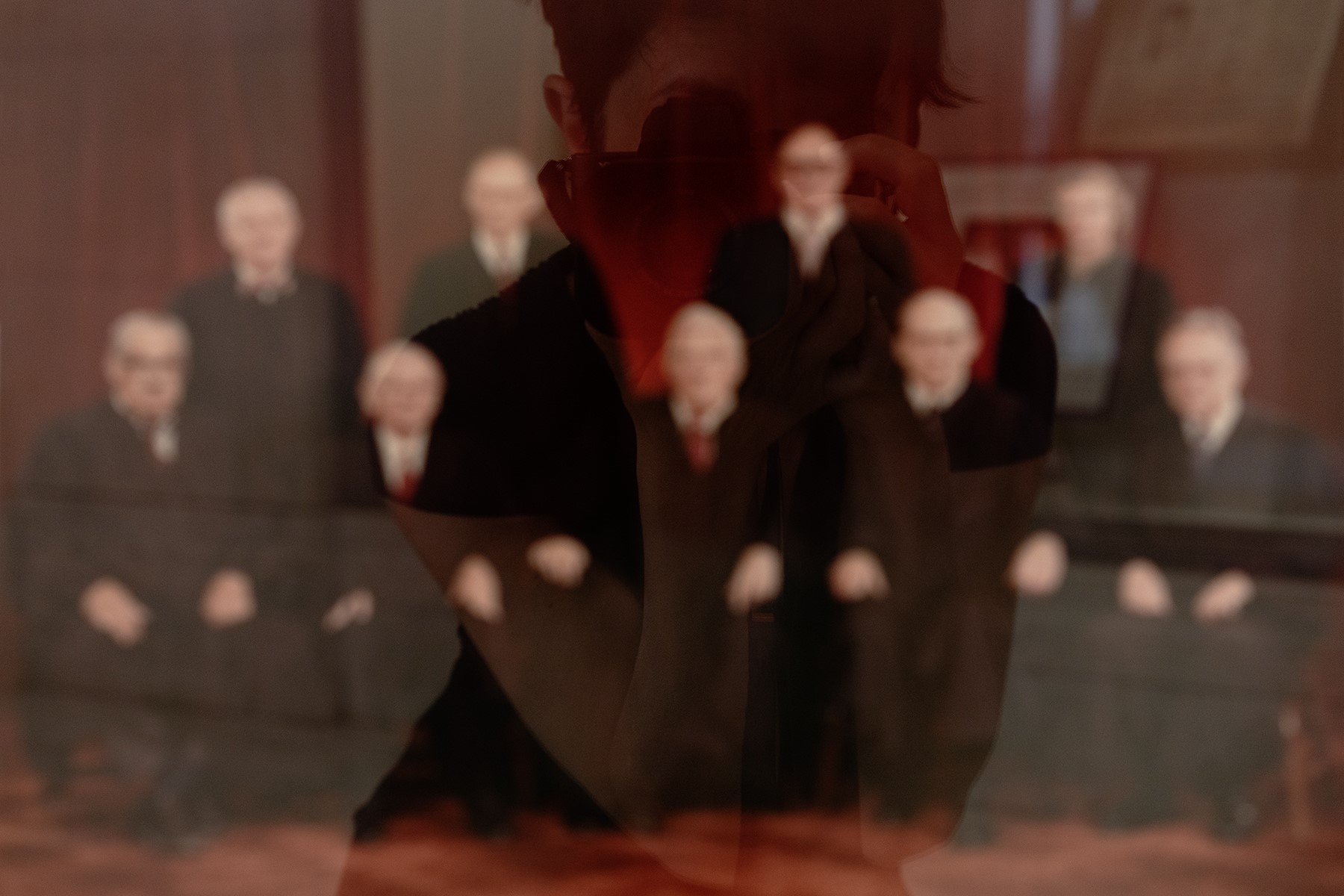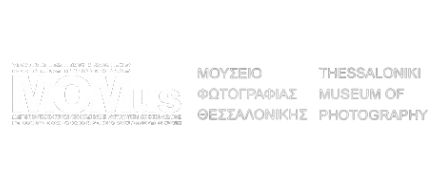Carey Young’s work across video, photography, text, performance and installation explores relations between the body, language, rhetoric and systems of power. Early in her practice her work focused on business and economics, using the tools, language and rituals appropriated from multinational corporations as starting points for her installations, performances, text works and videos. Since 2002 Young has created critical, conceptual works which address law and justice in the light of artistic foci such as portraiture, landscape, site or the sublime. Often working from a feminist perspective, her ‘law works’ comment on hegemonic, patriarchal power, whilst also addressing and intervening within its codes. One prominent example is Young’s We the People (2013), a large photograph of a judge’s robe and wig hanging on a
domestic washing line. The wig is pegged to the line in such a way as to appear like a man’s head, bowing to the viewer, with the empty robe forming the ‘body’ behind it. A judge is here symbolised as servile – at the service of a populace – whilst the robe is highlighted as a mere gossamer skin of power. Made in reference to a French judge and amateur artist, Pierre Cavellat, who created artistic works surreptitiously while judging courtroom trials, the image reworks a snapshot made by Cavellat at the start of his retirement. In later works such as the photograph Before the Law (2017) or the video installation Palais de Justice (2017), the motif of the judge reappears. In Before the Law, a courthouse’s internal doorway stands open, with an alluring red figure – judge or maybe sovereign, and most definitely a man –half glimpsed in a painting in middle distance. In Palais de Justice (2017), Young spent two years surreptitiously filming female judges and lawyers working at the main courthouse of Belgium. The resulting video uses this documentary material to weave a speculative fiction of a court or legal system administered by women. For the main exhibition of the Thessaloniki PhotoBiennale, Young shows her photograph, Court Artist (Supreme Court, 2023) in which Young stood in front of one of the conventional annual portraits of the US Supreme Court. By shooting when her reflection appeared in the frame’s glass, Young inscribes herself into this male-dominated world which has long exercised its power over women, most recently to dire effect



